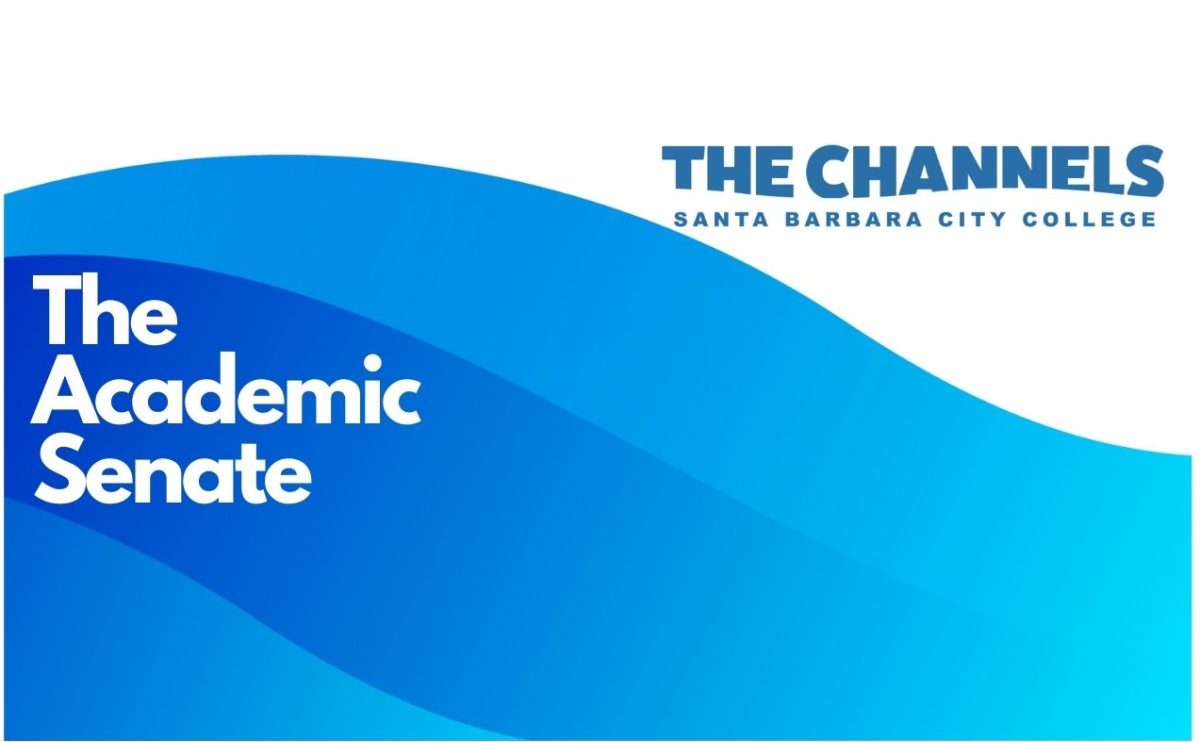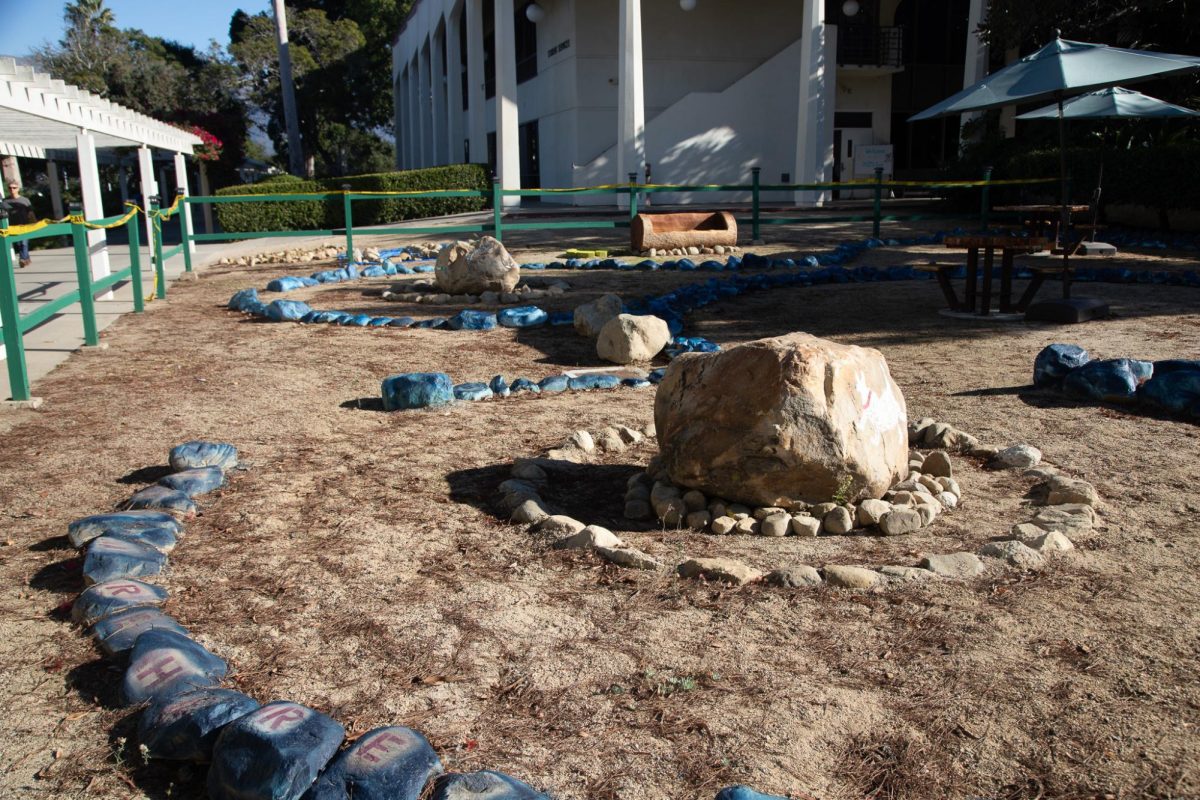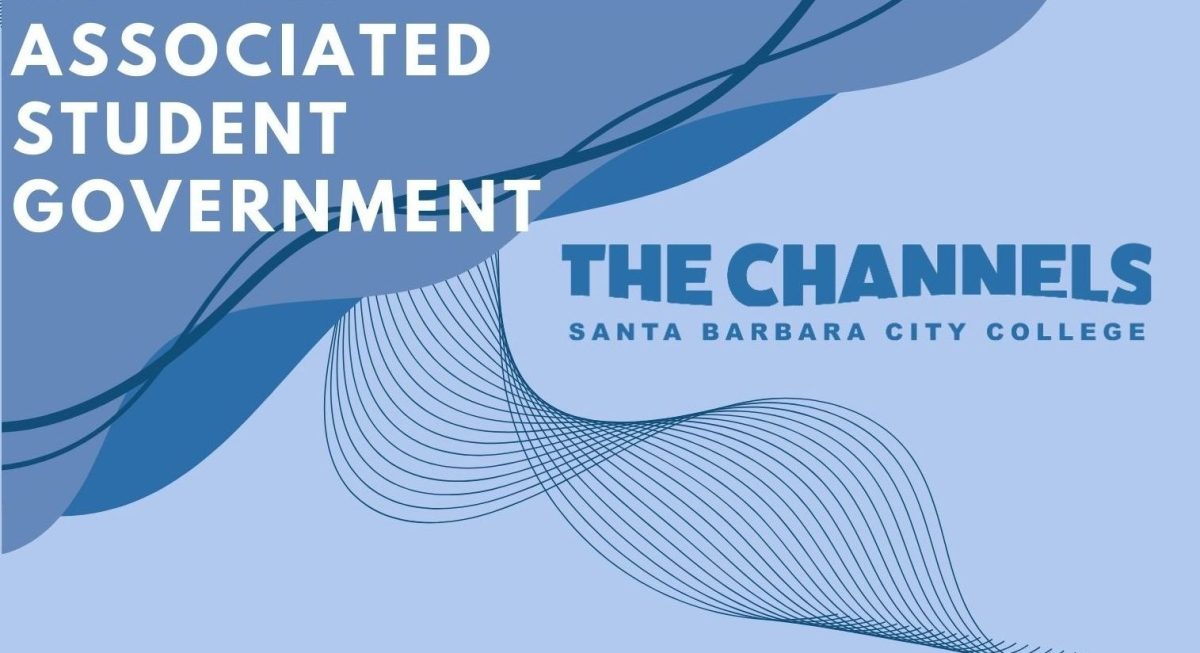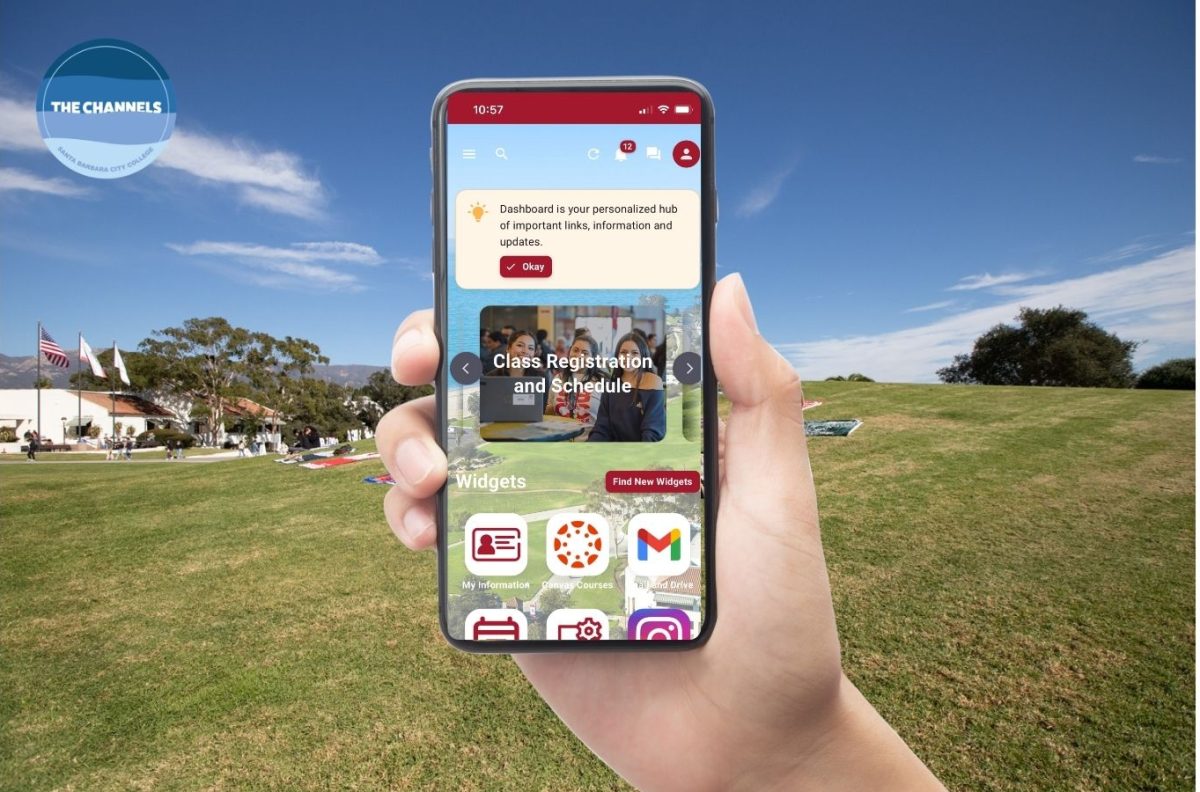A new life-saving medication has made its way into the hands of the Santa Barbara’s Sheriff’s Department, and is already preventing opioid overdoses from taking lives.
Naloxone, a nasal spray drug designed to reverse the effects of overdoses in opioid users, is now being carried by all on-duty personnel from the sheriff’s office. Deputies have so far administered the drug a total of five times since the program’s initiation, and were successful in fully reviving the patient in three of those cases.
“We’re here to protect the people that live in our community, and if we have the tools to save someone’s life, we should be saving someone’s life,” said Craig Bonner, Sheriff’s Commander in Santa Barbara.
According to John Doyel, the alcohol and drug program director at the county Department of Behavioral Wellness, there were 63 opioid-related accidental deaths in Santa Barbara in 2015, compared to 43 deaths in 2016. He said he believes this decrease is in part due to the spread of Naloxone training and awareness in the community.
While the program does not yet extend to the Santa Barbara Police Department, Bonner said the university police at UCSB, as well as the Ventura and Simi Valley police, are also adopting similar initiatives. Additionally, while there is not yet a Naloxone program in place at Santa Barbara City College, campus security director Erik Fricke says it will still be accessible.
“I understand that Walgreens is now selling Naloxone as over-the-counter, since a prescription is not required,” Fricke said.
People who may be at risk of an overdose, or know someone who may be at risk, can access kits and instructions for use from more than 8,000 pharmacies nationwide. Of course, the sheriff’s department will still be on hand to respond to emergency situations.
“A lot of it has to do with the dynamics of the location itself,” Bonner explained. “So in the city, everybody is pretty close to the ambulances, and so the likelihood that law enforcement is going to get there any significant amount of time before an ambulance is diminished.”
He detailed how important it is for the sheriff’s office to have these Naloxone kits on hand, due to the extremely large area their office is responsible for covering. In some cases, deputies can be on the scene of an overdose incident 10 or 15 minutes before emergency services, and can therefore keep the patient alive until they can be remanded into intensive medical care.
Just last week, deputies administered Naloxone on two separate occasions, responding to incidents in Orcutt and Isla Vista. The first incident, which occurred the evening of Oct. 24, involved two men aged 20 and 21. The second occurred just before midnight on Oct. 25, and involved a 19 year old UCSB student.
In both cases, deputies arrived at the scene before emergency services, and found the victims unconscious and struggling to breathe. Based on the symptoms being indicative of an opioid overdose, deputies administered their assigned Naloxone spray kits, and within a few minutes were able to help the men regain consciousness. Fire and medical services arrived shortly after, and the patients were transported to a nearby hospital for further treatment.
Due to the quick response and preparedness of the deputies, these incidents avoided ending in fatalities, and all three men will make full recoveries.
Many other agencies across the United States are beginning to implement similar Naloxone programs in local law enforcement, as well as emergency services, in order to give opioid users a fighting chance.
“Particularly back East, there is a lot of agencies that have begun to do it,” Bonner said, “and even here in California there are a lot of agencies that are getting involved.”
Additionally, an organization called the Pacific Pride Foundation provides education and Naloxone training through the Syringe Exchange Program, based out of its Santa Barbara, Lompoc and Santa Maria offices.
The program, in conjunction with Pacific Pride, distributed 254 Naloxone kits in the last fiscal year, according to Ken Osepyan, the education coordinator for the nonprofit.
“Because many of the participants in the Syringe Exchange Program are at a high risk of overdose, we distribute the Narcan kits directly to them and train them on how to use it,” Osepyan said. “We thought it was important and something our clients needed.”
At nearly 75 dollars per unit, the Naloxone kits do not come cheap, and programs like this are an extremely important resource for people who may not otherwise have access to these materials. While the sheriff’s department was required to purchase their original supply of Naloxone kits, they will now be able to depend on a grant obtained by the county Public Health Department, through the California Department of Public Health, to foot the bill for the deputies’ Naloxone kits over the next few years.
“We are constantly looking to provide a better level of service to the community and to address problems within our community, and this is just one of the ways we are able to do it at a fairly minimal cost,” Bonner said.
More information about the Naloxone grant program is available through the Department of Public Health, and details of the Syringe Exchange Program can be found on their website.







